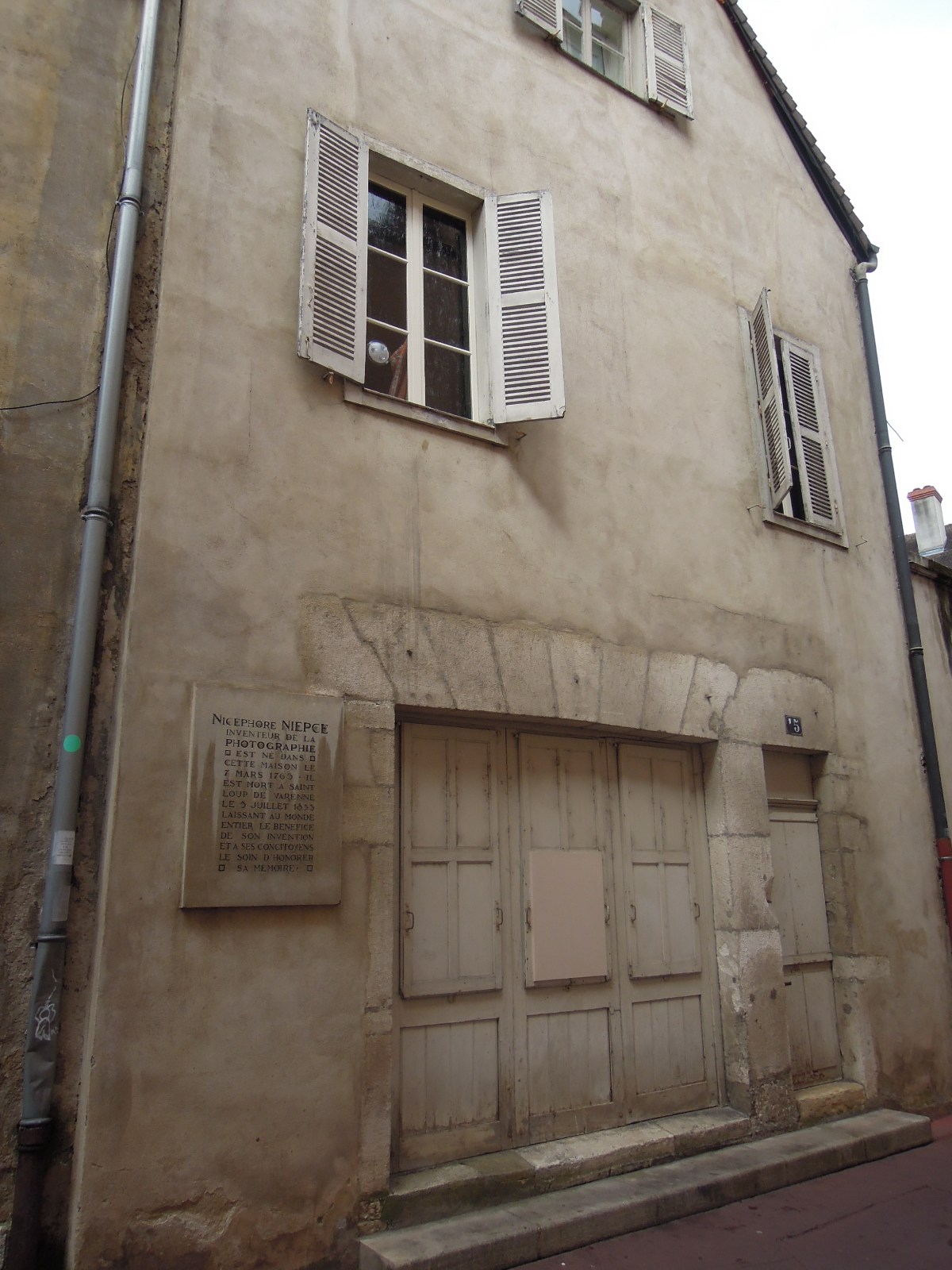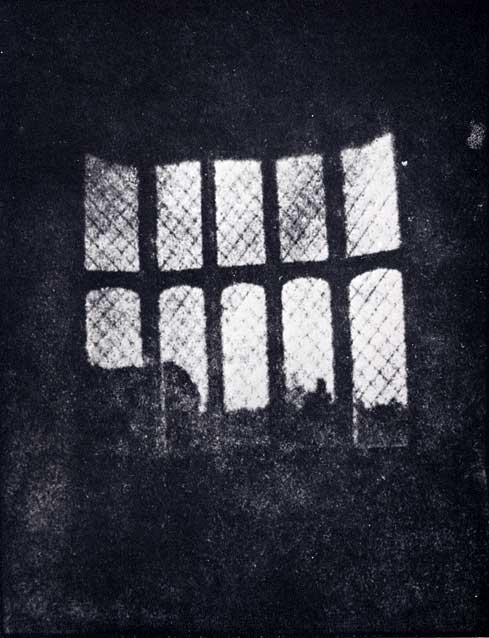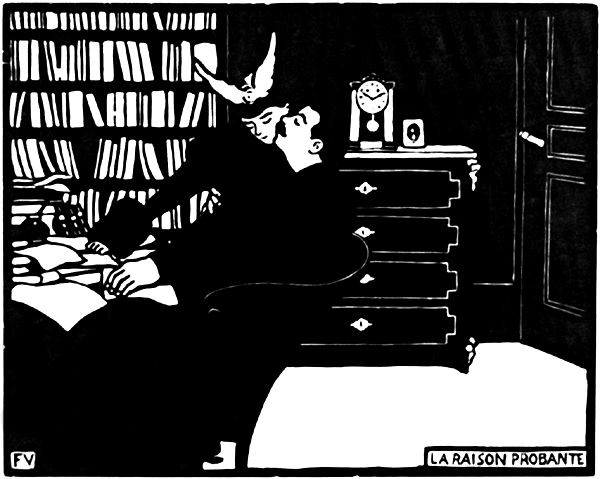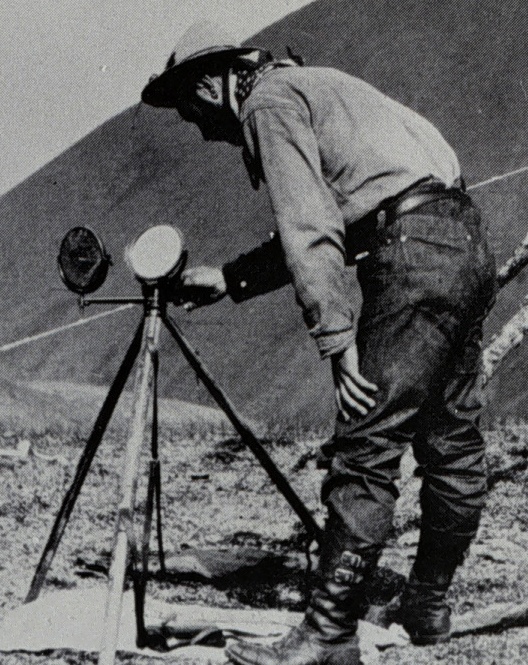|
Nicéphore Niépce
Joseph Nicéphore Niépce (; 7 March 1765 – 5 July 1833) was a French inventor and one of the earliest History of photography, pioneers of photography. Niépce developed heliography, a technique he used to create the world's oldest surviving products of a photographic process. In the mid-1820s, he used a Camera obscura, primitive camera to produce the View from the Window at Le Gras, oldest surviving photograph of a real-world scene. Among Niépce's other inventions was the Pyréolophore, one of the world's first internal combustion engines, which he conceived, created, and developed with his older brother Claude Niépce. Biography Early life Niépce was born in Chalon-sur-Saône, Saône-et-Loire, where his father was a wealthy lawyer. His older brother Claude (1763–1828) was also his collaborator in research and invention, but died half-mad and destitute in England, having squandered the family wealth in pursuit of non-opportunities for the ''Pyréolophore''. Niépce ... [...More Info...] [...Related Items...] OR: [Wikipedia] [Google] [Baidu] |
Chalon-sur-Saône
Chalon-sur-Saône (, literally ''Chalon on Saône'') is a city in the Saône-et-Loire Departments of France, department in the Regions of France, region of Bourgogne-Franche-Comté in eastern France. It is a Subprefectures in France, sub-prefecture of the department. It is the largest city in the department; however, the department capital is the smaller city of Mâcon. Geography Chalon-sur-Saône lies in the south of the Bourgogne-Franche-Comté and in the east of France, approximately north of Mâcon. It is located on the Saône river, and was once a busy port, acting as a distribution point for local wines which were sent up and down the Saône river and the Canal du Centre (France), Canal du Centre, opened in 1792. History Ancient times Though the site (ancient ''Cabillonum'') was a capital of the Aedui and objects of La Tène culture have been retrieved from the bed of the river here, the first mention of ''Cavillonum'' is found in Commentarii de Bello Gallico (VII, chs. ... [...More Info...] [...Related Items...] OR: [Wikipedia] [Google] [Baidu] |
Nice
Nice ( ; ) is a city in and the prefecture of the Alpes-Maritimes department in France. The Nice agglomeration extends far beyond the administrative city limits, with a population of nearly one millionDemographia: World Urban Areas , Demographia.com, April 2016 on an area of . Located on the French Riviera, the southeastern coast of France on the , at the foot of the French Alps, Nice is the second-largest French city on the Mediterranean coast an ... [...More Info...] [...Related Items...] OR: [Wikipedia] [Google] [Baidu] |
Silver Chloride
Silver chloride is an inorganic chemical compound with the chemical formula Ag Cl. This white crystalline solid is well known for its low solubility in water and its sensitivity to light. Upon illumination or heating, silver chloride converts to silver (and chlorine), which is signaled by grey to black or purplish coloration in some samples. AgCl occurs naturally as the mineral chlorargyrite. It is produced by a metathesis reaction for use in photography and in pH meters as electrodes. Preparation Silver chloride is unusual in that, unlike most chloride salts, it has very low solubility. It is easily synthesized by metathesis: combining an aqueous solution of silver nitrate (which is soluble) with a soluble chloride salt, such as sodium chloride (which is used industrially as a method of producing AgCl), or cobalt(II) chloride. The silver chloride that forms will precipitate immediately. : : It can also be produced by the reaction of silver metal and aqua regia; howev ... [...More Info...] [...Related Items...] OR: [Wikipedia] [Google] [Baidu] |
Henry Fox Talbot
William Henry Fox Talbot (; 11 February 180017 September 1877) was an English scientist, inventor, and photography pioneer who invented the salted paper and calotype processes, precursors to photographic processes of the later 19th and 20th centuries. His work in the 1840s on photomechanical reproduction led to the creation of the photoglyphic engraving process, the precursor to photogravure. He was the holder of a controversial patent that affected the early development of commercial photography in Britain. He was also a noted photographer who contributed to the development of photography as an artistic medium. He published '' The Pencil of Nature'' (1844–1846), which was illustrated with original salted paper prints from his calotype negatives and made some important early photographs of Oxford, Paris, Reading, and York. A polymath, Talbot was elected to the Royal Society in 1831 for his work on the integral calculus, and researched in optics, chemistry, electricity and ... [...More Info...] [...Related Items...] OR: [Wikipedia] [Google] [Baidu] |
Thomas Wedgwood (photographer)
Thomas Wedgwood (14 May 1771 – 10 July 1805) was an English photographer and inventor. He is most widely known as an early experimenter in the field of photography. He is the first person known to have thought of creating permanent pictures by capturing camera obscura, camera images on material coated with a light-sensitive chemical. His practical experiments yielded only shadow image photograms that were not light-fast, but his conceptual breakthrough and partial success have led some historians to call him "the first photographer". Life Thomas Wedgwood was the fifth child of eight born to Josiah Wedgwood and his wife Sarah, nee Wedgwood, his third cousin. His father was the founder of the Wedgwood company. He was an uncle of the English naturalist Charles Darwin, through his sister Susannah Wedgwood who married Robert Darwin. He was born in Etruria, Staffordshire, now part of the city of Stoke-on-Trent in England. Wedgwood grew up and was educated at Etruria, and was insti ... [...More Info...] [...Related Items...] OR: [Wikipedia] [Google] [Baidu] |
Printmaking
Printmaking is the process of creating work of art, artworks by printing, normally on paper, but also on fabric, wood, metal, and other surfaces. "Traditional printmaking" normally covers only the process of creating prints using a hand processed technique, rather than a photographic reproduction of a visual artwork which would be printed using an electronic machine (Printer (computing), a printer); however, there is some cross-over between traditional and digital printmaking, including risograph. Prints are created by transferring ink from a Matrix (printing), matrix to a sheet of paper or other material, by a variety of techniques. Common types of matrices include: metal plates for engraving, etching and related intaglio printing techniques; stone, aluminum, or polymer for lithography; blocks of wood for woodcuts and wood engravings; and linoleum for linocuts. Screens made of silk or synthetic fabrics are used for the screen printing process. Other types of matrix substrates ... [...More Info...] [...Related Items...] OR: [Wikipedia] [Google] [Baidu] |
Heliograph On Zinc, 1825, By Nicéphore Niépce - Paysage Avec Figures - Musée Nicéphore Niépce - DSC06035
A heliograph () is a solar telegraph system that signals by flashes of sunlight (generally using Morse code from the 1840s) reflected by a mirror. The flashes are produced by momentarily pivoting the mirror, or by interrupting the beam with a shutter. The heliograph was a simple but effective instrument for instantaneous optical communication over long distances during the late 19th and early 20th centuries. Its main uses were military, surveying and forest protection work. Heliographs were standard issue in the British and Royal Australian armies until the 1960s, and were used by the Pakistani army as late as 1975. Description There were many heliograph types. Most heliographs were variants of the British Army Mance Mark V version (Fig.1). It used a flat round mirror with a small unsilvered spot in the centre. The sender aligned the heliograph to the target by looking at the reflected target in the mirror and moving their head until the target was hidden by the unsilvered spot ... [...More Info...] [...Related Items...] OR: [Wikipedia] [Google] [Baidu] |
Nicéphore Niépce Oldest Photograph 1825
Nicéphore may refer to: *Nicéphore Niépce Joseph Nicéphore Niépce (; 7 March 1765 – 5 July 1833) was a French inventor and one of the earliest History of photography, pioneers of photography. Niépce developed heliography, a technique he used to create the world's oldest surviving ... (1765–1833), French inventor, most noted as the inventor of photography and a pioneer in the field * Nicéphore Soglo (born 1934), Beninese politician who was Prime Minister of Benin 1990–1991 and President 1991–1996 * St-Nicéphore, Quebec, former municipality that has become a sector of Drummondville in the Centre-du-Québec region of Quebec See also * Nikephoros (other) {{disambiguation ... [...More Info...] [...Related Items...] OR: [Wikipedia] [Google] [Baidu] |
Janine Niépce
Janine Niépce (February 12, 1921 – August 5, 2007) was a French photographer and journalist. Her career spanned developing films for the French Resistance to covering the women's liberation movement in the 1970s. Biography Janine Niépce was born February 12, 1921, in Meudon, France. She is a distant relative of Nicéphore Niépce, the pioneer of photography. In 1944, she graduated from the Sorbonne. She was a liaison officer involved with the liberation of Paris after World War II. In 1946 she became a professional photographer. She and the Swiss-French Sabine Weiss, a near contemporary, worked as the only women photojournalists at Rapho amongst Robert Doisneau, Édouard Boubat, Denis Brihat, Jean Dieuzaide,Robin Lenman, "Rapho"; in ''The Oxford Companion to the Photograph,'' ed. Robin Lenman (Oxford: Oxford University Press, 2005; ). Bill Brandt, Ken Heyman, Izis, André Kertész, Yousuf Karsh, Jacques Henri Lartigue, Willy Ronis, Emile Savitry, Fouad Elkour ... [...More Info...] [...Related Items...] OR: [Wikipedia] [Google] [Baidu] |






